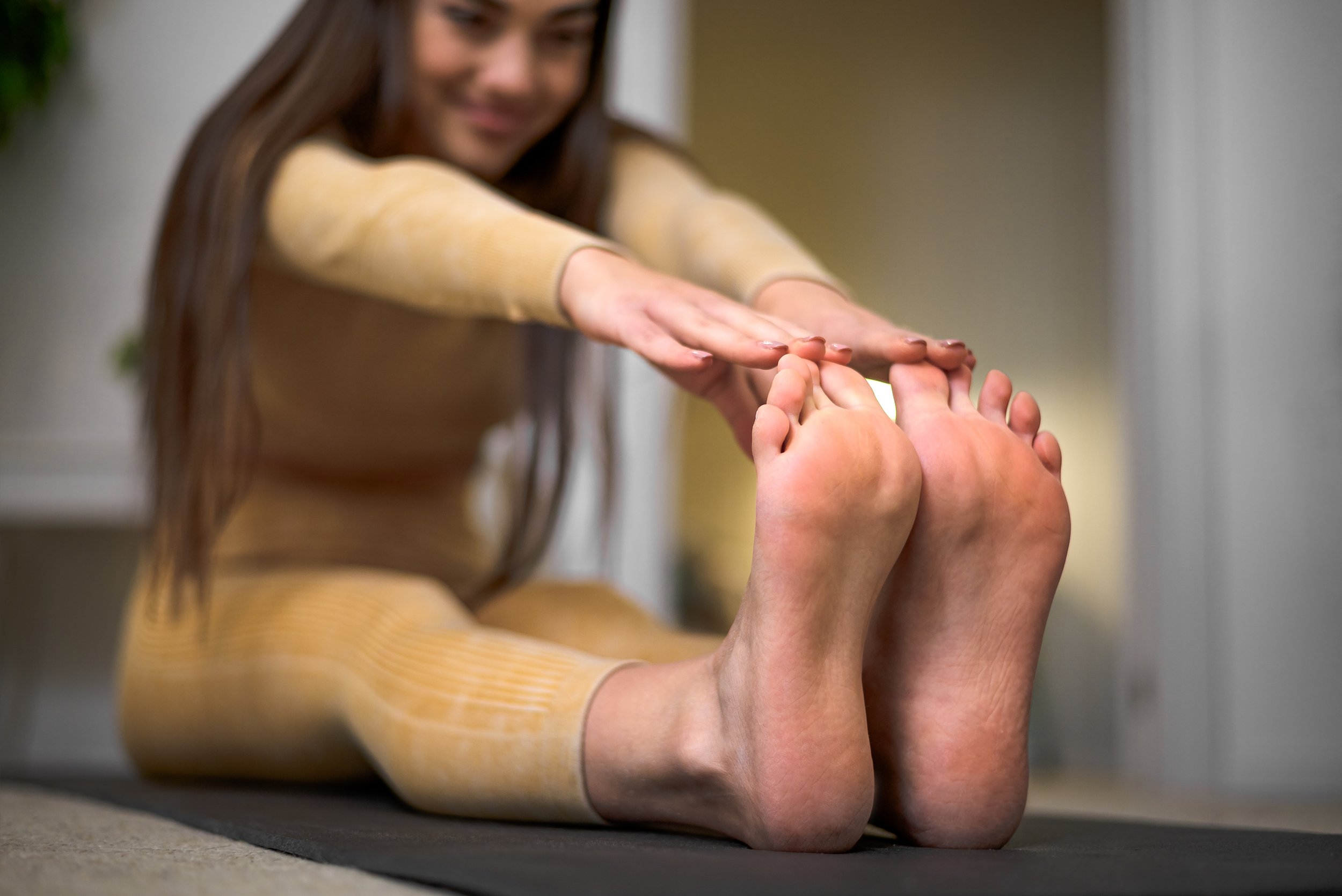Toe Stretches to Try for Hammertoes
While some the symptoms of hammertoes are obvious, only your doctor can tell for sure if you are diagnosed with that specific issue, so be sure to consult your doctor before attempting any of the exercises described below.
Hammertoe deformity occurs if there are one or more toes that are unnaturally drawn up and seem to be permanently bent. Hammertoe is usually caused by an imbalance is between the intrinsic and extrinsic foot musculature, and if left untreated, it may get worse over time.1
When your doctor gives you the go-ahead, these exercises may be able to help relax the toes:2
Toe rolls
This exercise calls for tapping your toes on the ground from one side to the other. To get started, stand barefoot on any flat surface, and lift all your toes off the ground. In the meantime, be sure to keep your heels firmly planted on the flat surface. Then tap your toes on the ground, one at a time, and from big toe to small toe. Repeat the exercise 10 times and then go in the opposite direction to balance out the exercise.
Manual hammertoe stretches
This is a good exercise to work on limiting toes from overlapping. To start, get seated on the floor with legs outstretched and a towel wrapped around your toes. Hold the ends of the towel in your hands, and pull your toes toward you, maintaining this position for 20 to 30 seconds at a time. If you prefer, you can simply grip the toes with your hands rather than using a towel.
Toe taps
This is a great way to stretch the joints that are involved with your hammertoe condition. Start by sitting down in a comfortable chair and try to extend your big toe in a downward direction, while keeping the toes more upright. Hold this position for a few seconds before tapping your toes lightly on the ground. After doing this 10 or 12 times in succession, reverse the process and point your big toe downward, while keeping the toes in an upright position.
Toe crunches
Place a towel on the floor and grab it with your toes before releasing. Repeat the action, doing three sets of grab-and-release activity, for both feet. This exercise is designed to strengthen your toe muscles, so the imbalance which previously existed may become less pronounced.
Success through exercising
All these exercises may be more successful in the early stages of a hammertoe deformity. Once your condition has progressed to the point where the drawn-up toes are rigid, your doctor may recommend more serious options for relief such as surgery. However, if these exercises are performed regularly, they should bring you some measure of relief.3
If you need to find a doctor in your area to consult about the possibility of having a hammertoe deformity visit our Surgeon Finder.


